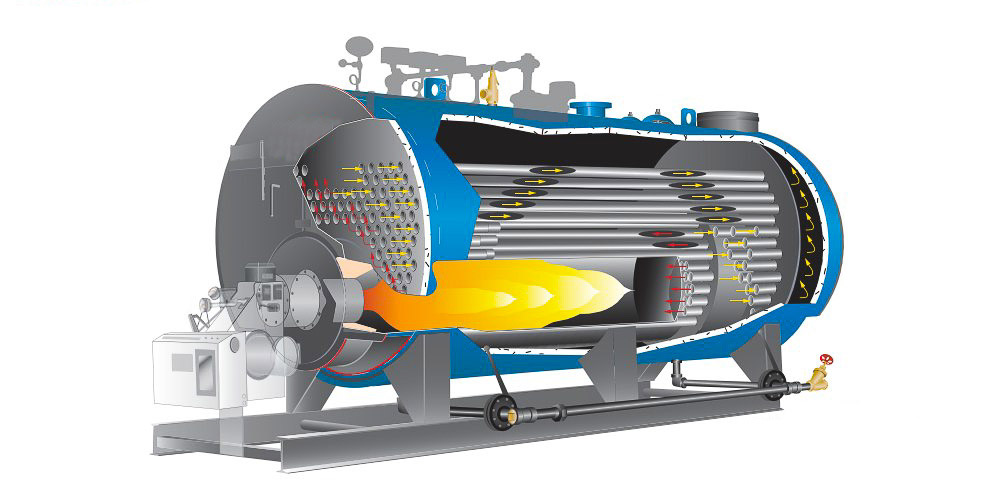A few different calculations may be used to determine the cycles of a boiler, depending on the specific application. Here are a few examples:
- Boiler start-up cycles: This calculation is used to determine how many times a boiler is started and stopped over a specific period of time, such as a day or a week. To calculate the number of start-up cycles, you will need to know the total number of starts and the total operating time. To find the total number of starts, you can keep track of each time the boiler is turned on. The total operating time is the amount of time the boiler is running, not including any time it is turned off or not in use. Once you have these values, you can calculate the number of start-up cycles by dividing the total number of starts by the total operating time.
- Boiler cycling rate: This calculation determines the frequency at which the boiler cycles on and off, usually measured in cycles per hour. To find the cycling rate, you will need to know the number of cycles and the total operating time in hours. The number of cycles is the total number of times the boiler turns on and off over a specific period of time. The total operating time is the amount of time the boiler is running, not including any time it is turned off or not in use. To calculate the cycling rate, divide the number of cycles by the total operating time in hours.
- Boiler turndown ratio: This calculation determines the ratio of the maximum output capacity of a boiler to its minimum output capacity. To find the turndown ratio, you will need to know the maximum and minimum output capacities of the boiler. The maximum output capacity is the highest amount of heat that the boiler is capable of producing, while the minimum output capacity is the lowest amount of heat it can produce. To calculate the turndown ratio, divide the maximum output capacity by the minimum output capacity.
- Blowdown rate: This calculation determines the rate at which water is removed from a boiler to control the concentration of dissolved solids in the water. It is typically expressed as a percentage of the total boiler water volume. To calculate the blowdown rate, you will need to know the blowdown flow rate and the total water volume in the boiler. The blowdown flow rate is the amount of water that is removed from the boiler through the blowdown process, while the total water volume is the total amount of water in the boiler. To find the blowdown rate, divide the blowdown flow rate by the total water volume in the boiler.

